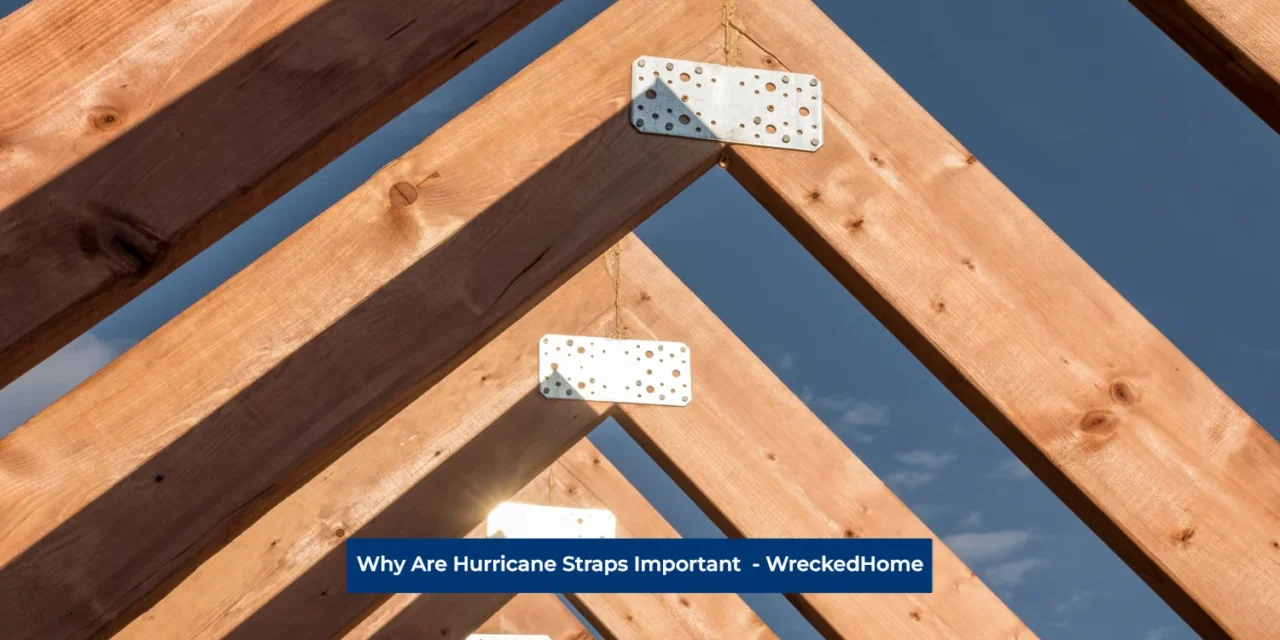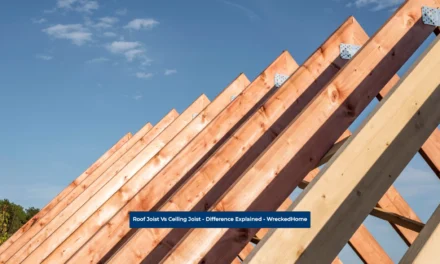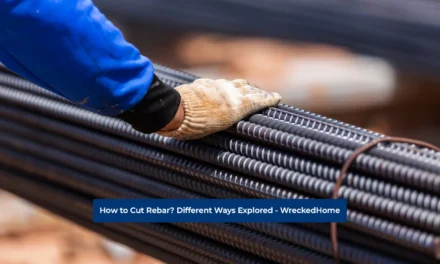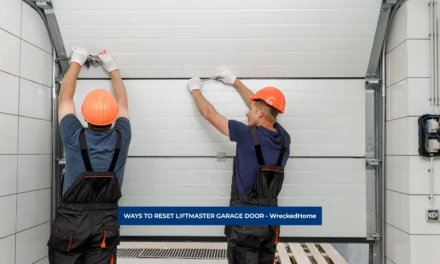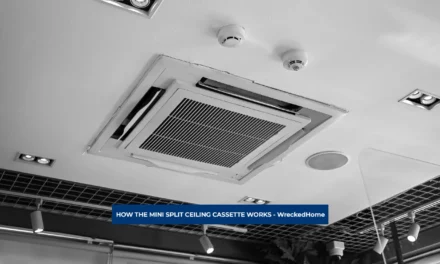In recent years, the world has borne witness to the disturbing trend of hurricanes. Within the past decade, the frequency and intensity of hurricanes has increased tremendously. These natural disasters, characterized by their savage winds and relentless downpours, pose significant threats to communities, infrastructure, and ecosystems. This is where the importance of hurricane straps comes in.
As climate patterns shift, many regions, previously untouched by such natural calamities, now find vulnerability, placing communities, infrastructure, and ecosystems in a newfound peril.
The escalating threat underscores the urgency to build homes stronger so they can handle these powerful hurricanes. The old ways of building houses might not be good enough. With these intensified storms, it imperative that you are protected. That’s where hurricane straps come in as they are an essential preventative measure.
These simple yet effective devices have emerged as a cornerstone that help to protect your homes from hurricanes. Through this article, we will delve into their importance and explain how to install them on your home to keep it safe during a hurricane.
What Are Hurricane Straps?
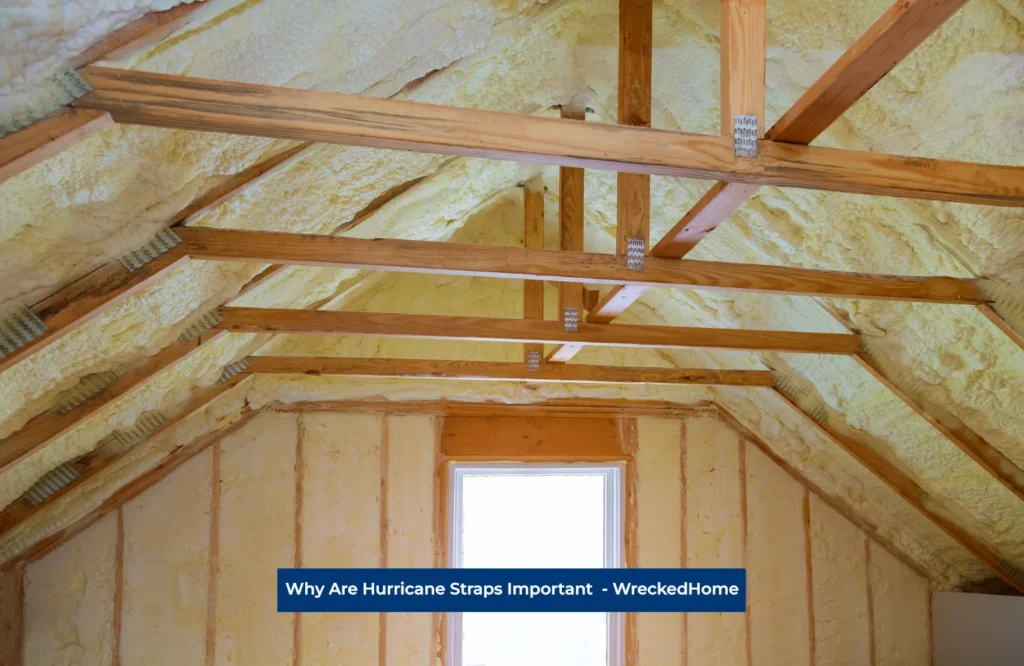
Hurricane straps, also known as tie-downs or roof-to-wall connectors, are special metal pieces designed to make buildings stronger. They do this by connecting different parts of the building together by ensuring that the structure remains intact even when it is subjected to strong winds and uplifted forces during hurricanes.
In essence, these straps “tie” the building together. They make sure that when a hurricane comes with strong winds, the building doesn’t fall apart. The market offers a myriad of hurricane strap options that are are designed with specific construction materials:
- Galvanized Steel Straps: These are the most common type, known for their corrosion resistance that ensures no rust.
- Stainless Steel Straps: These are good if you live near the sea because they offer enhanced protection against saltwater corrosion.
- Simpson Strong-Ties: A popular brand, these are known for being very strong and durable.
- Twist Straps: Designed for lateral connections in areas where the wind can come from different directions.
- Rafter Ties: These are specially made for connecting rafters to wall plates, making sure the roof stays put during strong winds.
When you pick a hurricane strap, it’s essential to consider the specific vulnerabilities of the structure, local building codes, the rules in your area, and the weather there.
The Importance of Hurricane Straps
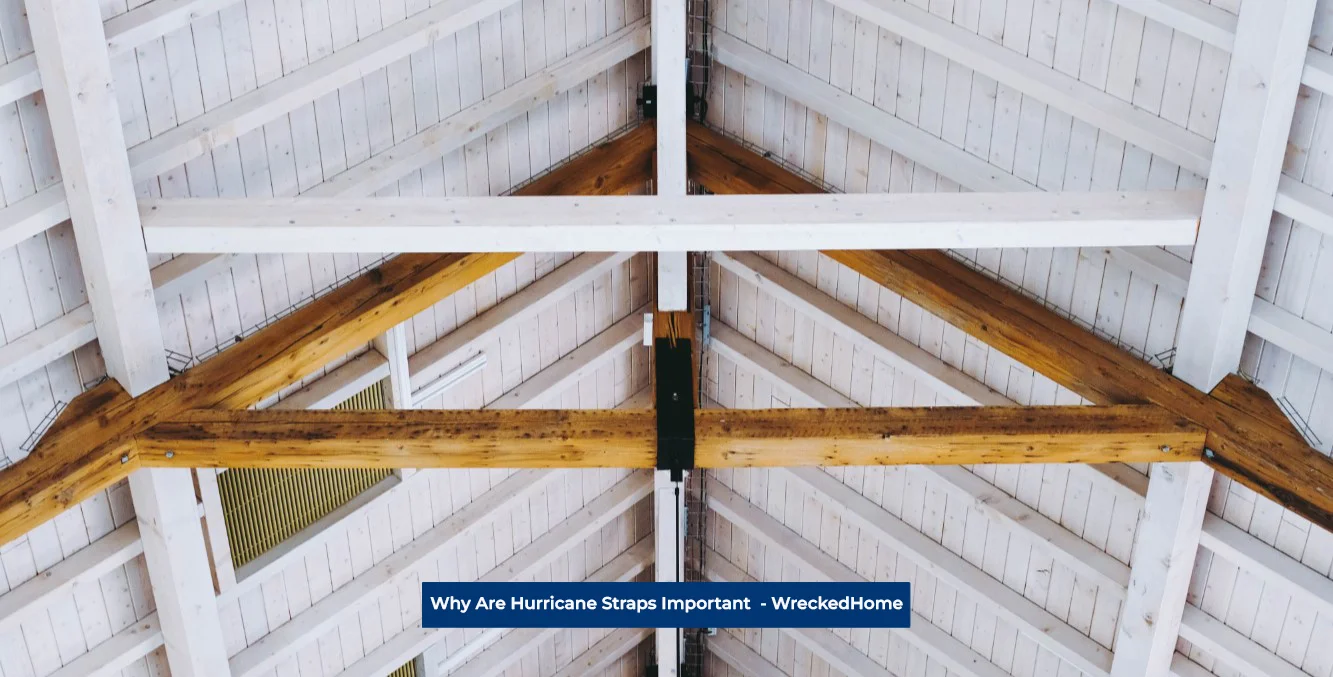
Hurricane straps are known for their safety and property saving feature. In stormy areas, the proper installation of these straps offer several benefits like
A. Structural Integrity
Hurricane straps play an instrumental role in preserving the structural integrity of homes and buildings stay strong through really bad weather, like hurricanes. Their significance cannot be understated in this era where hurricanes have intensified.
Protection Against Wind Forces
Hurricanes come with incredibly strong winds that can be comparable to those produced by small tornadoes. These winds push hard on the outside of buildings, especially on the roof and walls. If a building isn’t properly secured, it can easily succumb to these forces. This can lead to partial or complete collapse. Hurricane straps act as a shield, dispersing the wind’s energy throughout the structure and stopping it from breaking in one spot.
Prevention of Roof Lift-off
No matter what type of roof you have, one of the most common structural failures during a hurricane is the roof getting blown away. As hurricane winds swirl around a structure, an uplifting effect can occur. This happens most often to the roof. This not only exposes the home’s interior to the storm but also turns the roof into dangerous flying debris. Hurricane straps prevent this by ensuring the roof remains firmly in place.
B. Safety and Property Protection
The primary goal of any safety measure is to make sure people and their things are safe. Hurricane straps do an excellent job in both these domains.
Human Safety
When a roof or wall gets blown away during a hurricane, it exposes the occupants to the storm’s wrath. Flying debris, torrential rain, and gale-force winds can all hurt or even kill people. Hurricane straps make sure that the building stays together. This plays a pivotal role in safeguarding human lives.
Property Damage Mitigation
Beyond the immediate threat to human life, hurricanes can cause a lot of damage to homes. Water ingress, mold growth, and structural damage can get messed up leading to costly repairs. Hurricane straps are crucial and help avoid damage by preventing major structural failures, mitigating these damages, and avoiding repair costs.
Visit our store for 10% off our Tools here.
C. Insurance and Building Codes
The use of hurricane straps is not just a proactive measure for safety; it also has financial and legal benefits.
Impact on Insurance Premiums
Insurance companies are well aware of the risks posed by hurricanes and know that hurricanes can be really costly. Homes equipped with preventative measures like hurricane straps are seen as less risky, so you might pay less for insurance in the long run.
Compliance with Building Regulations
Recognizing the importance of hurricane straps, many local building codes, especially in hurricane-prone areas, have rules that say you have to use hurricane straps in new buildings. If you don’t follow these rules, you might get into legal trouble, including fines and liabilities. This can also result in If you don’t follow these rules, you might get into legal trouble,
It shows that hurricane straps are more than just pieces of metal holding a building together. This is a smart technique to protect against the power of nature. That help to keep people safe, save money, and make sure buildings follow the rules.
How to Install Hurricane Straps
Hurricane straps play a critical role in strengthening structures against the natural disaster. Their effectiveness, however, heavily relies on the correct installation which needs expertise. Here’s a comprehensive eight-step guide to ensure their proper fitting that makes you able to do it properly:
1. Understand the Local Building Codes
Before you begin the installation process, find out what the local building rules say about installing hurricane straps. These rules provide guidelines on the type, where to put them, and how far apart they should be. Adhering to these standards ensures that your installation is safe and can handle strong winds.
2. Choose the Right Hurricane Strap
Based on the architectural style, structure, and local requirements, choose the right hurricane strap. There are different kinds of straps for different parts of the building, like roof-to-wall or rafter-to-plate. The material of the strap might also depend on things like environmental factors like proximity to saltwater.
3. Gather Necessary Tools and Materials
Ensure you have all the required tools and materials at hand before you start. The most common tools include straps, nails or screws, a hammer or nail gun, a power drill, a tape measure, a level, safety gear, and possibly a ladder or scaffolding. Having everything ready prevents disruptions and helps the installation go smoothly.
4. Mark Strap Placement
Use a tape to measure dimension and mark it with pencil or marker to determine and mark where each strap will go. Correct measurements ensure straps are spaced according to specifications. This step is crucial as the effectiveness of the straps and need to be in the right place and lined up correctly to work well.
5. Position the Strap
Put the hurricane strap where you marked it and use a level to ensure it’s straight. It’s essential to position the strap so it effectively connects the two parts of the building, like a rafter and a wall plate. The strap should lie flat against both surfaces with no gap.
6. Secure the Strap
With the strap correctly positioned, fasten the strap in place using the right nails or screws. If you’re using a nail gun or power drill, then you need to ensure the correct pressure or torque. Drive fasteners into every hole of the strap, ensuring a snug fit and doesn’t move around. Properly fastened straps make sure you have done it.
7. Inspect the Installation
Once the strap is secured, take a good look at what you’ve done. The strap should be flush against the structure, and all the nails or screws you used should be all the way in, with no bits sticking out. It’s also a good time to double-check the strap’s alignment and ensure strap is in the right place according to your marks.
8. Repeat for All Straps and Ensure Continuous Load Path
Now, do the same thing for all the other straps throughout the structure, ensuring a continuous load path from the roof to the foundation. Make sure you create a connected line of straps that are effectively transferred and dispersed, minimizing weak points. This is really important because it ensures all straps are installed; conduct a final inspection.
Once you have done the hurricane straps installation, you are safe from a hurricane disaster. Make sure to keep proper checks and update for maintenance. This avoids danger and also saves money in repair costs.
Conclusion
It’s very difficult to leave your living space during a hurricane warning. Therefore, its necessary to have hurricane straps which helps in safeguarding structures from nature’s fierce onslaught.
Beyond mere structural protection, these straps ensure a commitment to human safety, property preservation, and community resilience. By understanding their importance and ensuring a meticulous installation, you can ensure safe and sustainable housing in storm-prone regions.
For any repairs, installations, builds, or questions; We recommend you to hire a professional. Find A Pro Near You Here!

